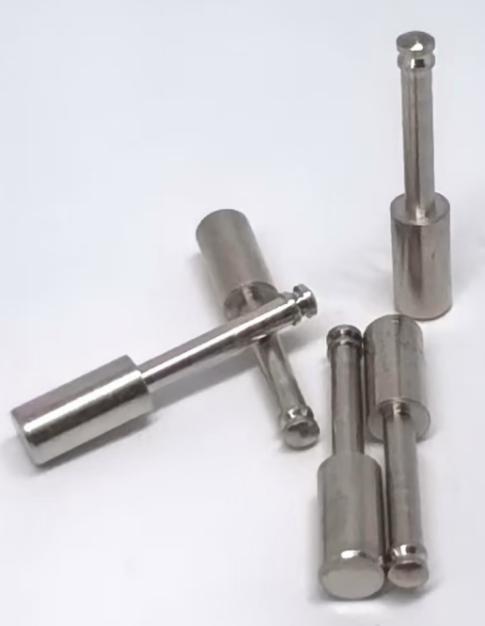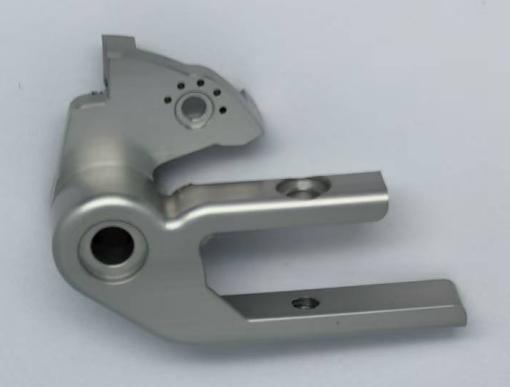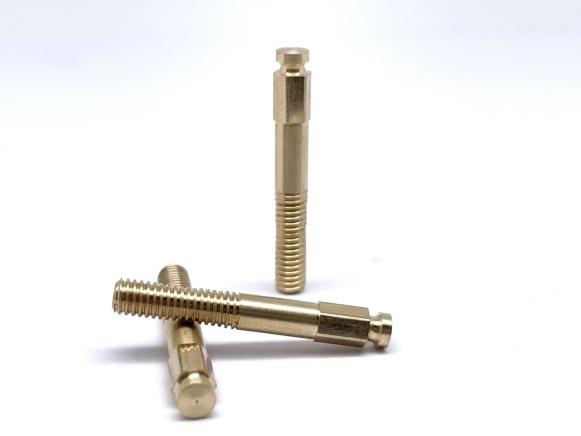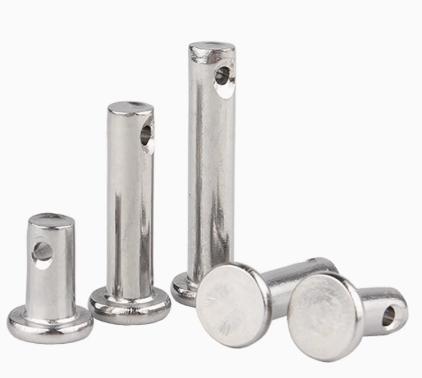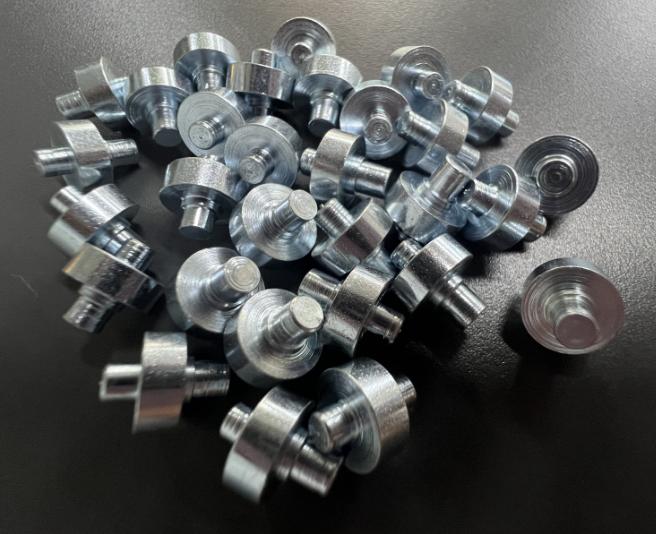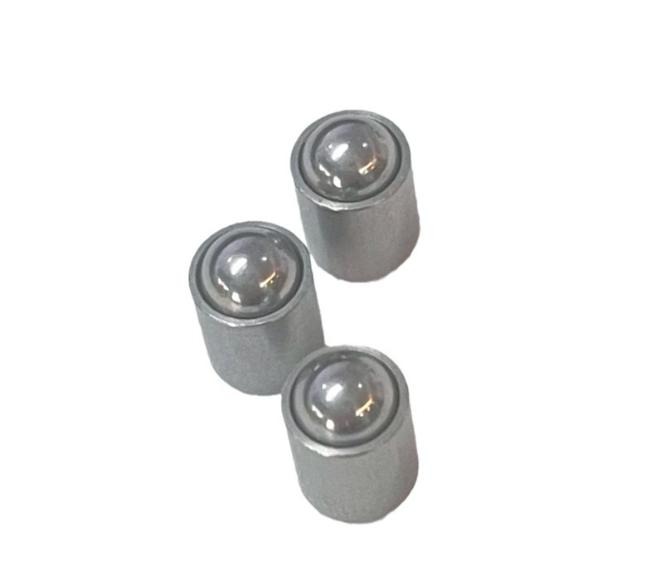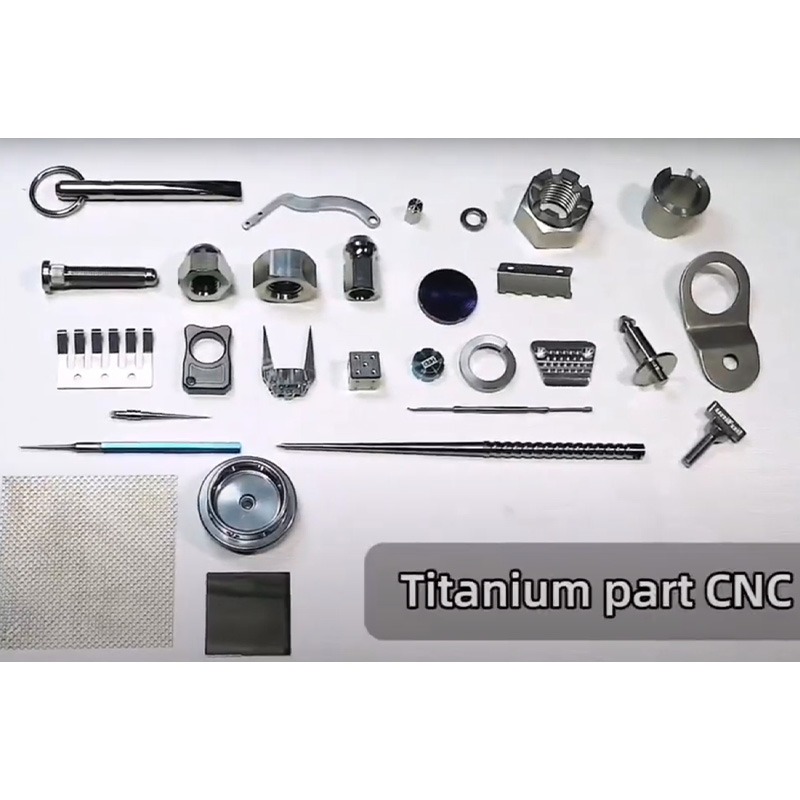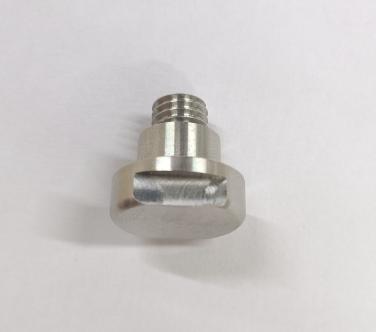Techniques and Challenges in CNC Machining of Advanced Materials: Intricate Dance Between Innovation and Precision
The need for CNC machining of cutting-edge materials like composites, titanium alloys, and ceramics is growing along with technology. This essay explores the methods used and difficulties encountered during the CNC machining of these cutting-edge materials, highlighting the intricate dance between innovation and precision.
Key Techniques in CNC Machining of Advanced Materials
The CNC machining of advanced materials demands a sophisticated set of techniques to achieve precision, efficiency, and quality.
1. High-Speed Machining (HSM)
In high-speed machining, the cutting tools are forced to run at faster feed rates. When dealing with advanced materials, this method is especially helpful since it lowers heat generation, improves material removal rates, and prolongs tool life. To maximize performance, HSM requires exact control over the machining parameters.
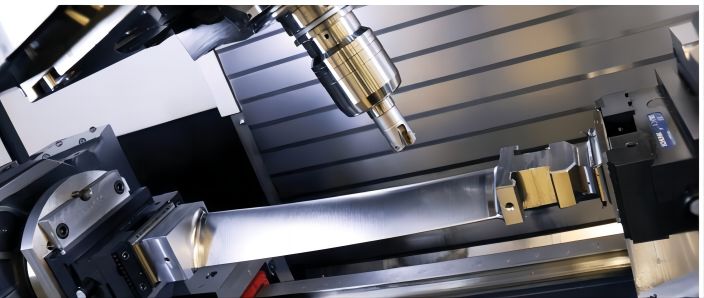
2. Tool Material Selection
When CNC machining sophisticated materials, the selection of cutting tool materials is crucial. Tools made of ceramics, carbide, and cubic boron nitride (CBN) are frequently utilized because of their remarkable hardness and resistance to wear. For lifespan and efficiency, the tool material needs to match the unique properties of the advanced material that is being machined.
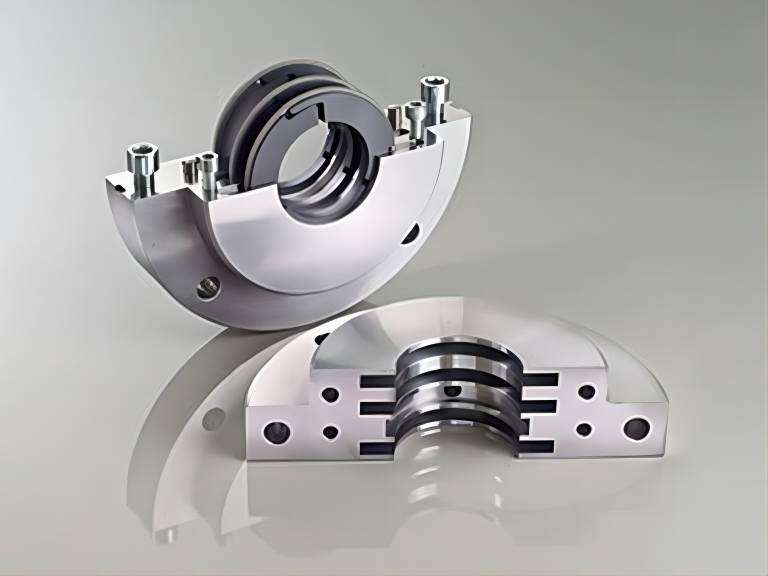
3. Advanced Coatings
Cutting tools with coatings perform better because they increase hardness, decrease friction, and improve wear resistance. Coatings such as diamond-like carbon, titanium nitride, and titanium aluminum nitride are used in CNC machining to increase cutting performance and prolong tool life.
4. Coolant and Lubrication Strategies
When machining sophisticated materials, effective cooling is essential to avoiding heat damage and preserving dimensional accuracy. Through-tool coolant delivery systems and Minimum Quantity Lubrication (MQL) systems are employed to manage heat. MQL, in particular, minimizes the amount of coolant used, reducing waste and environmental impact.
5. Vibration Damping Techniques
Vibrations during machining can lead to tool deflection, poor surface finish, and increased tool wear. Damping techniques, such as using vibration-dampening toolholders and optimizing machining parameters, help minimize vibrations and ensure the stability of the machining process.
6. Adaptive Machining
Adaptive machining involves real-time monitoring of machining conditions and making adjustments on the fly. Sensors embedded in the machining system provide data on cutting forces, temperatures, and tool wear, allowing for dynamic adjustments to optimize performance. This technique is particularly useful in addressing variations in material properties.
7. Trochoidal Milling
Trochoidal milling, also known as dynamic milling, involves using circular toolpaths instead of traditional linear paths. This technique reduces tool wear, heat generation, and cutting forces. It is especially effective when machining hard or brittle materials as it allows for more consistent engagement of the cutting tool.
8. Multi-Axis Machining
Greater flexibility and precision are made possible by the CNC machine’s ability to move the cutting tool in various directions thanks to multi-axis CNC machining. In order to reduce the need for several setups and improve overall accuracy, 5-axis and 6-axis machining centers are frequently utilized for complicated geometries and delicate part characteristics.
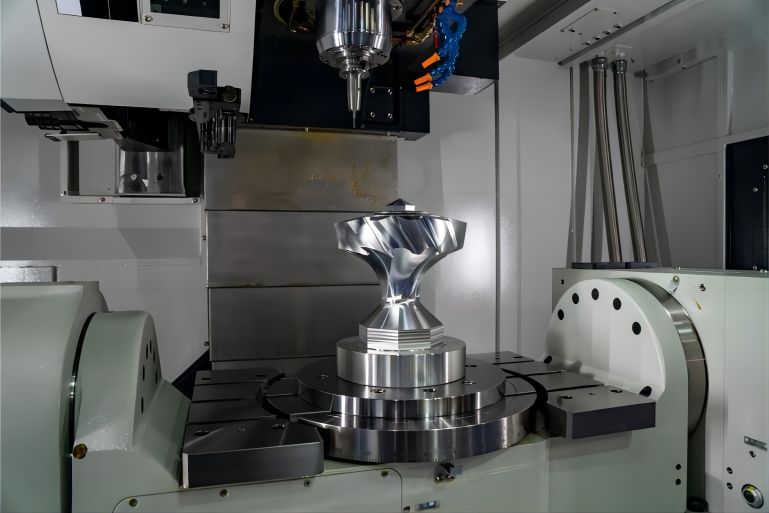
9. Toolpath Optimization
Optimizing the toolpath involves strategically planning the route that the cutting tool takes through the material. Efficient toolpaths minimize tool engagement, reduce cutting forces, and enhance overall machining speed. CAM (Computer-Aided Manufacturing) software is often used to generate optimized toolpaths for CNC machining.
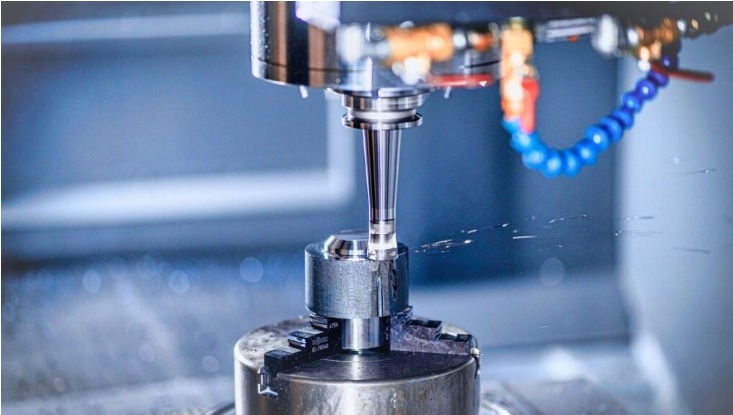
10. Precision Workholding
Precision workholding systems ensure the stability and accuracy of the workpiece during machining. This is crucial when dealing with advanced materials to prevent vibrations and ensure consistent machining results.
Challenges in CNC Machining of Advanced Materials
1. Tool Wear and Breakage
The hardness of advanced materials often results in accelerated tool wear and, in some cases, tool breakage. Manufacturers must carefully select cutting tools and monitor tool wear condition during CNC machining to prevent defects and maintain product quality.
2. Heat Generation
Thermal damage brought on by excessive heat can change the characteristics of the material and result in dimensional errors. Maintaining the integrity of sophisticated materials requires controlling heat through appropriate coolant methods and cutting conditions.
3. Material Variability
Advanced materials can exhibit variations in properties, even within the same batch. This variability poses challenges in terms of tool life, cutting speeds, and overall machining consistency. Adaptive machining strategies are crucial to addressing these variations.
4. Environmental Impact
Although necessary for machining, the usage of coolants and lubricants can have an impact on the environment. The issue for manufacturers is to optimize these processes to minimize waste and their impact on the environment, all the while retaining the necessary machining capability.
5. Cost Considerations
Advanced material machining frequently necessitates the use of specialist tools and machinery, which raises the cost of production. Striking a balance between precision and cost-effectiveness is an ongoing challenge in the CNC machining of advanced materials.
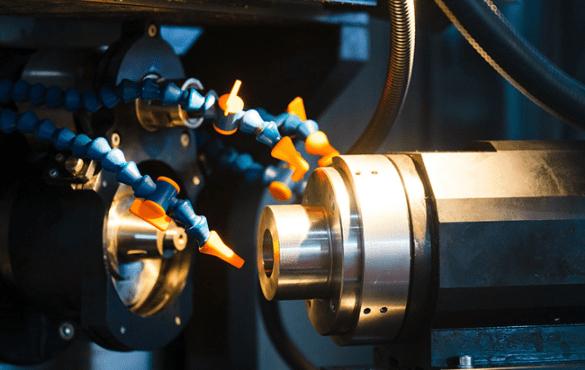
Conclusion
CNC machining of advanced materials represents a convergence of technological prowess and manufacturing precision. The difficulties in machining these materials emerge as companies push the limits of material science. Overcoming these obstacles requires a constant state of innovation in method development as well as the use of flexible approaches. CNC machining continues to be at the forefront of this complex dance between accuracy and technology, influencing manufacturing going forward in the age of cutting-edge materials.

